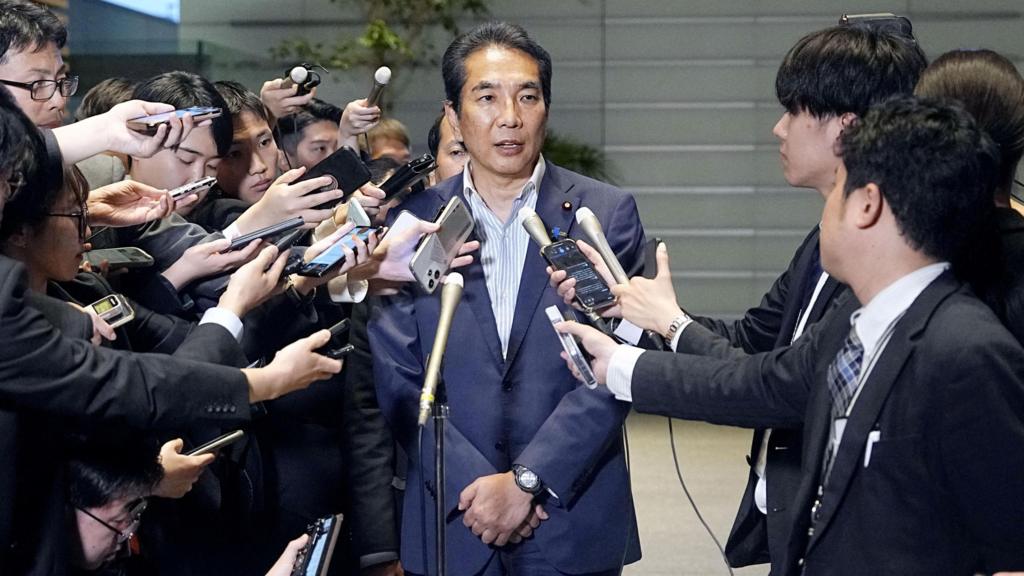Japanese Agriculture Minister Taku Eto’s resignation highlights a deepening crisis. His admission that he received ample rice gifts from supporters, instead of purchasing it himself, sparked public outrage amidst a nationwide cost-of-living crisis.
The price of rice, a staple food, has more than doubled in the past year, exacerbating the first cost-of-living crisis in decades. Limited imported rice availability further intensifies the issue. Eto’s apology and subsequent resignation followed opposition threats of a no-confidence motion.
This event delivers a significant blow to Prime Minister Shigeru Ishiba’s already struggling minority government. Rice holds significant cultural and political weight in Japan; historical precedents demonstrate its potential to trigger political upheaval, as evidenced by the 1918 rice riots.
The current situation underscores a disconnect between politicians and the everyday realities faced by Japanese citizens. Memori Higuchi, a young mother, describes the impact rising rice prices have on her family’s budget, highlighting the strain on households.
Agricultural economist Kunio Nishikawa of Ibaraki University attributes the crisis to a government miscalculation. He points to inaccurate demand estimations by the agriculture ministry, which underestimated rice consumption by approximately 250,000 tonnes in 2023 and 2024. Increased tourism and post-pandemic dining contributed to this higher demand.
Further compounding the problem, actual rice production fell short of even the underestimated demand. Adverse weather conditions impacted crop quality and yield. While the agriculture ministry acknowledges increased demand and production challenges, farmers highlight years of low profitability, government subsidies favoring other crops, and a shift towards alternative rice production.
The current market rate for rice has surged, benefiting struggling farmers but causing hardship for consumers. The government’s release of emergency rice reserves in March, a measure unprecedented except for natural disasters, proved insufficient to control prices.
This situation resonates globally, with rising rice prices also affecting Southeast Asia, a major rice-producing region. Faced with this crisis, Japan is importing rice from South Korea for the first time in 25 years and exploring further imports from the US. However, consumer preference for domestically grown rice remains strong.
The challenge lies in balancing the needs of consumers and farmers. While some farmers advocate for market liberalization and the failure of unprofitable operations, others emphasize the importance of maintaining rural communities and suggest government-set minimum buying prices for rice. With a national election approaching, finding a solution that satisfies both consumers and farmers is crucial for the government.

